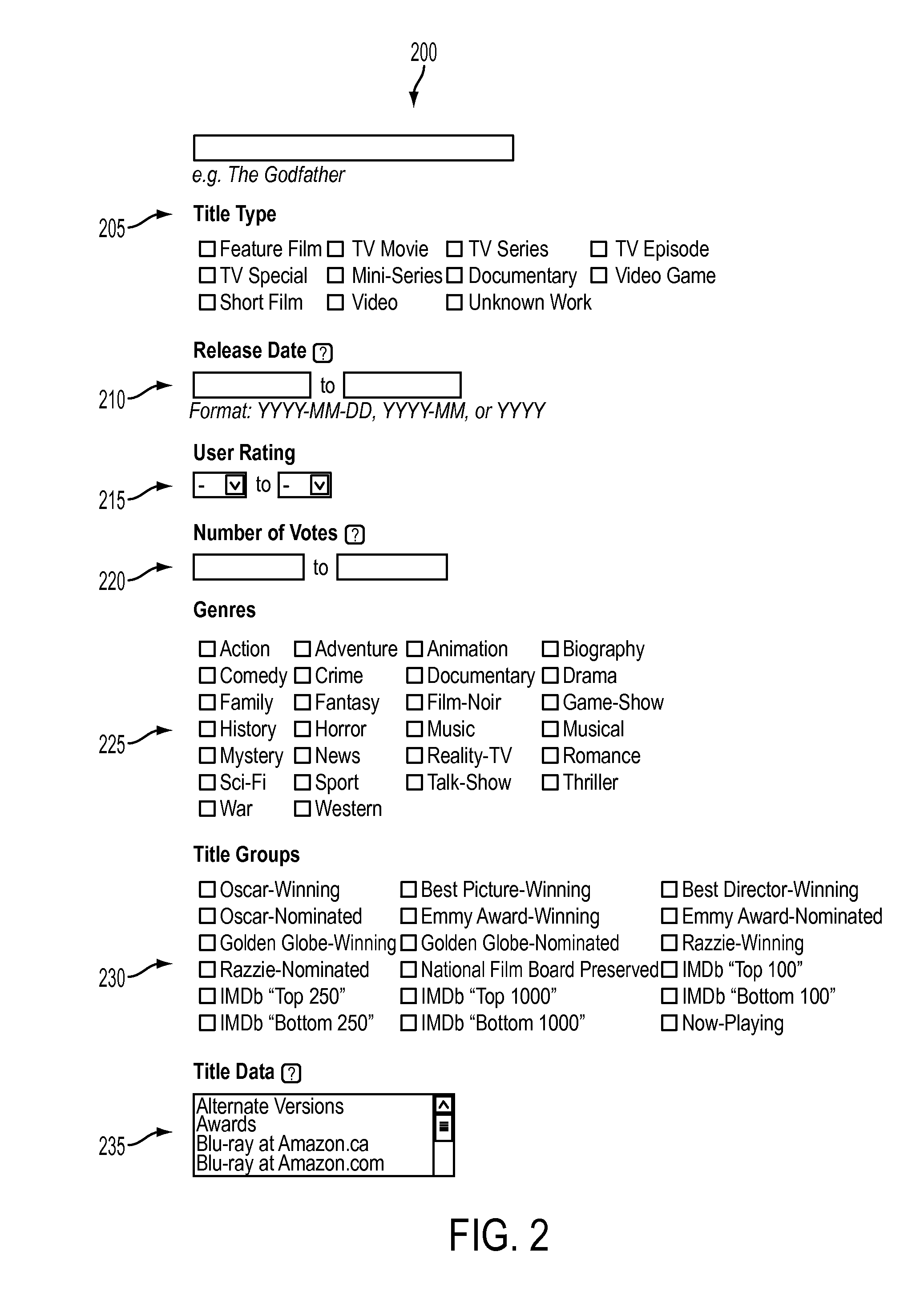Method of and system for using conversation state information in a conversational interaction system
a conversation state and information system technology, applied in the field of conversational interaction techniques, can solve the problems of large corpus information repositories that fail to perform well, systems in the conversation space that are difficult to extract intent and the semantics of sentences, and systems that are difficult to address
- Summary
- Abstract
- Description
- Claims
- Application Information
AI Technical Summary
Benefits of technology
Problems solved by technology
Method used
Image
Examples
Embodiment Construction
[0059]Preferred embodiments of the invention include methods of and systems for inferring user's intent and satisfying that intent in a conversational exchange. Certain implementations are able to resolve ambiguities in user input, maintain state of intent, entities, and / or attributes associated with the conversational exchange, tailor responses to match user's preferences, infer conversational boundaries that start a new topic (i.e. infer a change of a conversational session), and / or engage in a minimal dialog to understand user intent. The concepts that follow are used to describe embodiments of the invention.
Information Repositories
[0060]Information repositories are associated with domains, which are groupings of similar types of information and / or certain types of content items. Certain types of information repositories include entities and relationships between the entities. Each entity / relationship has a type, respectively, from a set of types. Furthermore, associated with eac...
PUM
 Login to View More
Login to View More Abstract
Description
Claims
Application Information
 Login to View More
Login to View More - R&D
- Intellectual Property
- Life Sciences
- Materials
- Tech Scout
- Unparalleled Data Quality
- Higher Quality Content
- 60% Fewer Hallucinations
Browse by: Latest US Patents, China's latest patents, Technical Efficacy Thesaurus, Application Domain, Technology Topic, Popular Technical Reports.
© 2025 PatSnap. All rights reserved.Legal|Privacy policy|Modern Slavery Act Transparency Statement|Sitemap|About US| Contact US: help@patsnap.com



